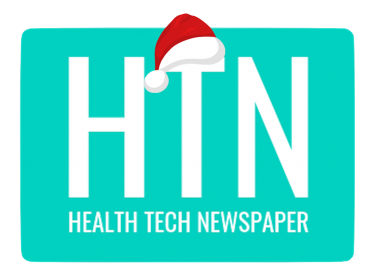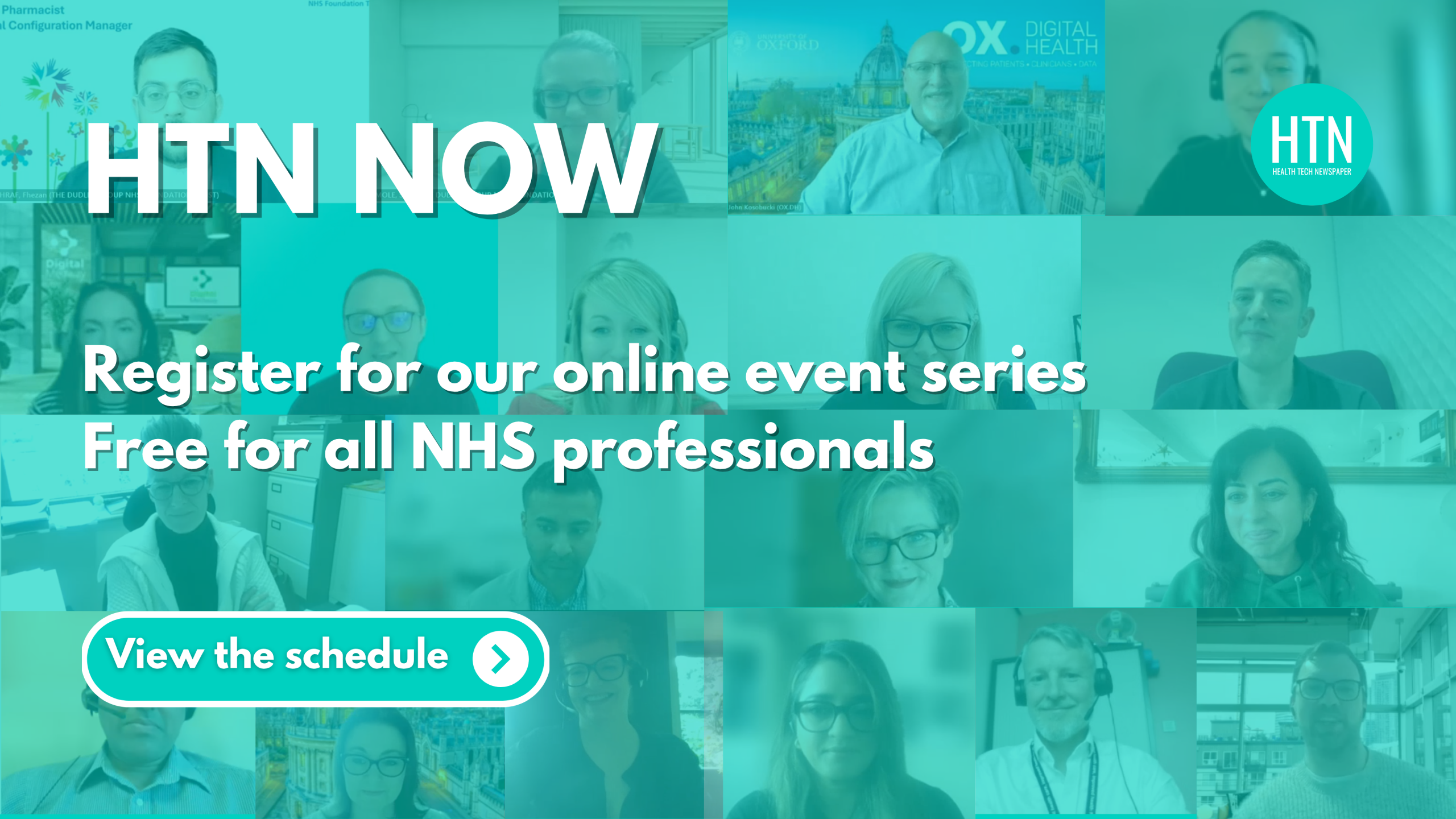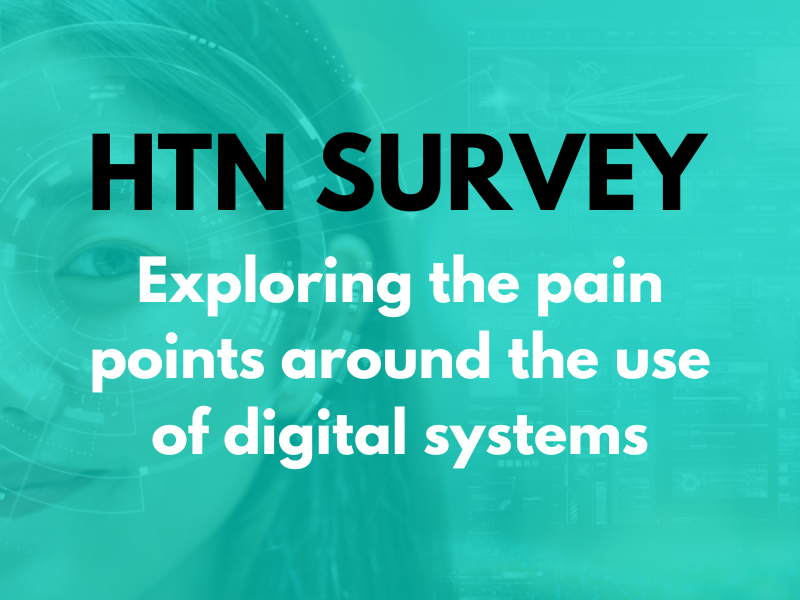For a recent webinar focusing on the role of digital in helping healthcare organisations to prepare for winter pressures, HTN was joined by expert panellists including Patrick Denston, PCN digital transformation and change manager at Frimley ICB; Jamie Griffin, head of commercial at Livi; and Lee Rickles, CIO at Humber Teaching Hospitals. The panel offered a range of practical insights and examples, highlighting successes and challenges in ongoing projects, and discussing the role of virtual care in supporting patient journeys.
Kicking off our introductions, Lee talked about his role and remit as CIO, also noting his work with Interweave, who provide a shared care records platform across England, and as technical lead for the Yorkshire and Humber secure data environment. Jamie shared details of his current role heading up the commercial and partnerships team at Livi, a provider of digital and video consultations to the NHS. Patrick noted his work with Frimley ICB on data analytics, working to translate data insights into strategies to change day-to-day working for clinicians in primary care.
Insights and practical examples
Discussing the headline question around the role of digital in preparing for winter pressures, panellists shared their thoughts and practical examples from their organisation or region. “It’s a slightly different question for us,” said Jamie, “as we are the digital solution, and what we do in general is about creating more appointments and more capacity for primary care”. Digital solutions shouldn’t only help those who are digitally enabled, he considered, “but the way we look at it is that if we are offering a digital solution, that should sit alongside more traditional ways of doing things – it’s about taking away pressure by helping those digitally enabled patients whilst supporting NHS organisations to deliver ongoing quality of care for their whole patient population”.
The approach at Livi looks to have an ever-present layer of staff, should they be required by a practice, Jamie told us. “If we’re working with an ICB, we know at some point they might need another 400 appointments per week, so we’d look to set that up ahead of time.” It’s a challenge to figure out when those spikes in demand or drops in supply might arise, he continued, “so we try to have something available seven days per week, 8am to 10pm”.
Patrick talked about the use of digital tools to help improve understandings of baseline population needs. “We use digital tools to gather the data initially and then use that in risk stratification tools across Frimley,” he said. “We use the Johns Hopkins risk stratification model to allow us to provide care in what is traditionally a slightly quieter period over the summer months, before going into autumn and winter.” Prioritising those with long-term conditions frees up capacity for patients with acute issues coming in during the winter months, he continued, “and we have an ongoing project across Frimley taking data from secondary care, 111 and primary care to identify patients with hypertension or high risk of diabetes to try to control that before they get to a point of crisis”. Ultimately, it’s about managing as much upfront as possible, and digital tools help handle the volume of data required to support this work.
Frimley has seen a reduction over the last few years in ED and 111 usage for patient groups that have been optimised as much as possible outside of winter periods, Patrick reported. “We’ve also had success in mapping patients’ digital capability scores against their risk stratification scores, to work out whether a digital-first approach is appropriate and then working with suppliers to filter out those digitally enabled patients who can be prompted to use digital services first.” That frees up time for those who do need to use more traditional routes into care, he went on, “and by doing that, you shift everything to the left and reduce overall system pressures by looking at cohorts of maybe 100 patients that one clinician can work with over a period of time to optimise their health”. The ICB uses suppliers for a lot of its data work, feeding into Power BI platforms and into population health dashboards.
Lee agreed with the importance of identifying those patient groups likely to require care over the winter months, highlighting the need for operational planning. “It’s also about being able to share that information with those involved in that care, ensuring operational services know what information needs to be recorded, what tools they have available to them, and maintaining rosters,” he shared. During winter, things like training and support can be made more difficult by staffing issues, and it’s essential to get the basics right and use the data available to prevent or redirect that pressure. “That includes making sure WiFi, infrastructure, and devices are all there, because when we’re struggling for capacity, that can add more frustration and lead to a bad experience for patients, poor outcomes, and staff demoralisation.”
Overcoming challenges
Handling winter pressures in conjunction with other parts of the organisation or system is key, Lee stated, to ensure investments are in place for estates or logistics, training, and so on. “Frailty is a big one, especially in coastal regions where we have a high level of social deprivation and issues with digital connectivity, so it’s getting staff to think or work in a different way, meeting those holistic needs.” Getting the digital voice heard is a challenge, he considered, as is building trust and confidence in using technologies such as AI, “and it’s about getting digital to be seen as a valued capability, not a barrier or a blocker, as well as working with the budget to deliver the best you can”.
Handling care across multiple different organisations that might have different processes is also a challenge, according to Lee. “Hopefully, the 10-Year Plan will help with that, and one thing we have gained a lot of value from has been real-time messaging between EDs and ambulances, which has reduced the number of patients transferred to ED by about 40 percent.” Focusing on the bottlenecks and having the information required means not only reducing that pressure on ED, but also a better experience for patients who do end up being treated there. The cost of new digital tools and technologies can also be difficult to factor in, and this needs to be accompanied by a new way of thinking across the NHS to allow them to be fully embraced.
Patrick picked up on some of the challenges surrounding the introduction of technologies such as AI. “AI is a wonderful tool, but it has to be used as a tool, not as a solution. If your processes behind that aren’t correct, you’ve just digitalised a poor process. The challenge is often when you’re given something from a national level without full understanding of the problem and having to layer that over the top, because it adds another problem that you have to try to navigate around.” Digital services like those offered by Livi, as well as new tools such as ambient scribes and generative AI offer a definite quality improvement, he added, “and technology such as ChatGPT are amazing for things like averaging blood pressures, saving about 15 minutes per patient, but it’s ensuring they are supporting clinicians with cognitive load or decision-making, rather than doing it for them”.
Changing the metrics
“One thing that always surprises me with the NHS is the funding model in general,” Jamie shared, “particularly in primary care, where I do most of my work. There are staff who really want to go out and treat as many people as they can in the best way they can, but they’re often funded in a way that not only stops that but also actively incentivises them to do the opposite in some ways.” That can mean that forward-thinking clinicians or managers who want to make changes are sometimes doing it to their own detriment. “It would be great to change to a more proactive and activity-based funding model which rewards and incentivises, rather than the current one-size-fits-all model.”
Funding is definitely a challenge, Patrick agreed, although Frimley has made efficiencies in how it affects system pressures and remains proactive in its transformation. “I’m not incentivised to help reduce my ED admissions,” he said. “And it’s a long time to measure the metric that’s coming back or the return on investment, so it’s hard to talk to a financial director about the possibility of doing some of these things.” What his team has found is that a lot of people are using digital tools behind closed doors, or funding the use of them themselves because they offer a better work-life balance or other support for their day-to-day. “It’s a case of people always trying to find a workaround to provide something that should be straightforward.”
What needs to be a bigger focus is patient experience, suggested Lee, “because if we’re not giving patients a good experience along with good outcomes, we’re failing”. A highly motivated workforce and a good staff experience are also important indicators of success, particularly when it comes to dealing with the stress of winter pressures and tackling burnout. “We need to be doing the appropriate quality improvement cycles and learning from what we’re not getting right.”
Digital models of care
Moving on to discuss virtual care and a digital care model, Jamie highlighted his team’s work on virtual consultations and the importance of understanding the needs of different patient populations through use of the relevant data. “If we work with an ICB with 100 practices, we could segment out those for digital-first, probably younger, wanting speed and convenience. Or those who like the traditional way of doing things but who might be interested in new things. Those are the cohorts to focus on as a digital provider.” Another thing is getting the implementation and integration right and getting buy-in on the ground. “You work with your customer to make sure those patients are able to adopt it, and for those who aren’t going to be digital-first, to make sure that you won’t be excluding them but helping them get what they want.”
Patrick noted that a large percentage of the population “would like to outsource their health to the NHS”, rather than taking ownership of things like weight loss. “If the population of the UK lost 20 percent of its excess weight, the budget for the NHS would be ginormous, and we wouldn’t be worrying about the costs associated with some of these things,” he said. “That’s a tough conversation to have, and going into winter the other bit is that direct communication that people need to have some ownership of their own health, know their numbers, and so on. They can still make the choice not to do that, but then the health service has got to make difficult decisions as to what it can offer because it doesn’t have an infinite budget, or infinite clinicians. It’s making patients aware that their needs are not necessarily the same as their wants.”
Lee followed on to add: “we’ve also been looking at patients taking responsibility for their own health, not always directly using digital, but often using that to help monitor and show progress.” The challenge is using digital to provide the nudges required to get people thinking in the right way for preventative health, he went on, “and the difficulty I think with that is when something is free, as the NHS is, people don’t always give it the same meaning – they think that they can carry on smoking and drinking because the NHS will be there to sort them out one day, if they need it”. Tech can be used to inform, but often wearables or remote monitoring are introduced too late, once a problem has already been identified. “We are working on wearable devices for exercise and prevention, as well as remote monitoring, and that will be expanded over the winter.”
Key takeaways
Reflecting on what was covered in the session, Patrick recommended that “talking to everybody” is a good way of moving forward in this space. “Get out of your silo and talk to anybody and ask them what they do, whether it’s an external tech provider or somebody from an acute trust, find out what they’re doing, what their challenges are, because actually you might learn from one another and improve it for everybody.”
Lee’s takeaway would be on getting the basics right, not only for digital, but also in understanding operational bottlenecks. “What are the things that are going to kick you in winter and be prepared for them – you can never be prepared for everything, but at least you’re thinking along the right lines.”
“I think there’s probably going to be another little boom in the health tech market following AI,” Jamie shared. “We had one about ten years ago, and I think we’re due one now. There are loads of companies popping up with really good offers. The thing that I’m always wary of is firstly checking funding and frameworks are available, and secondly checking what the integration is with your current systems, because without that it may be useless.”
We’d like to thank our panellists for taking the time to share these insights with us.






